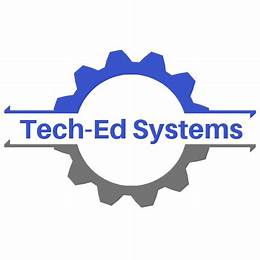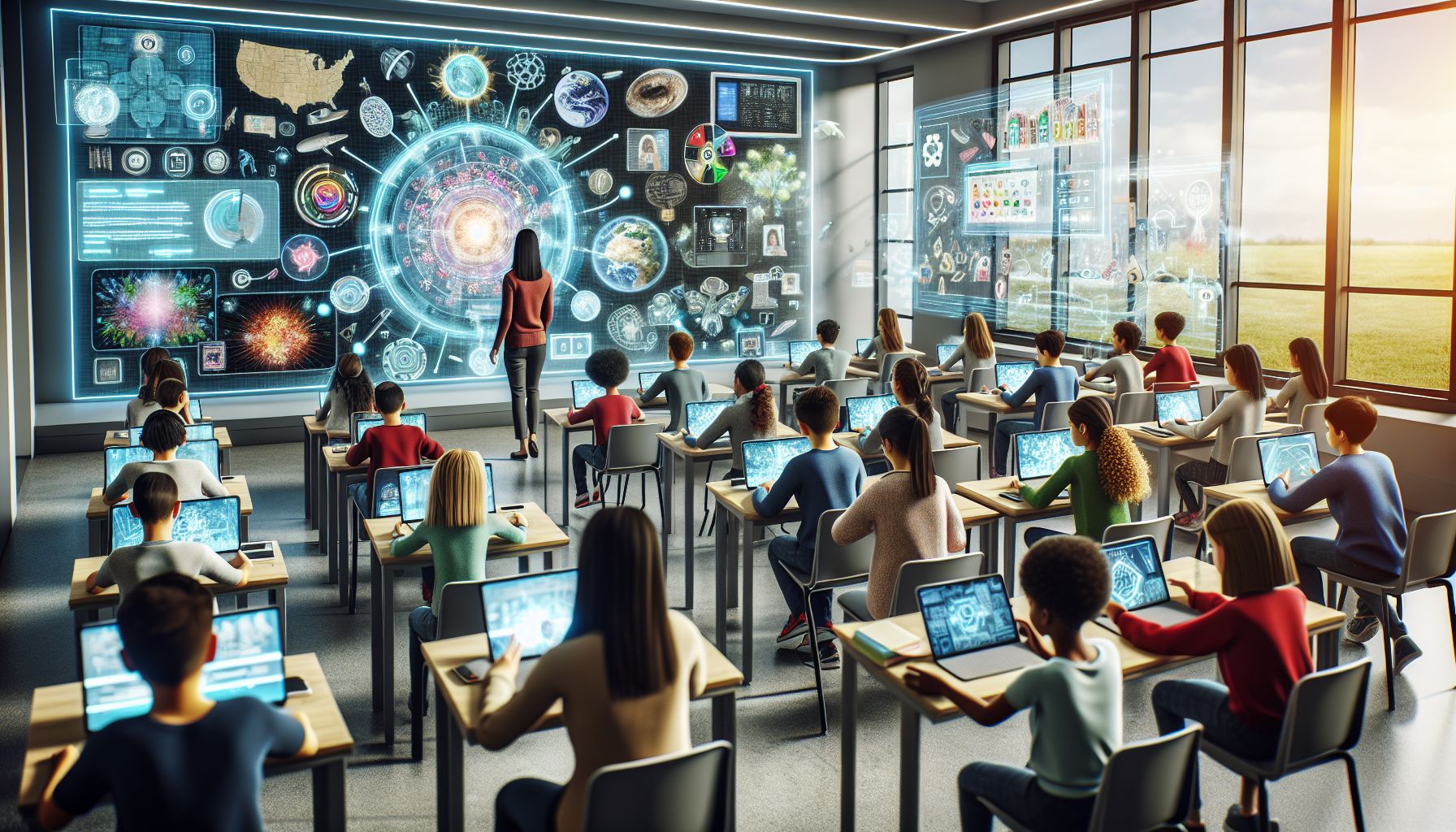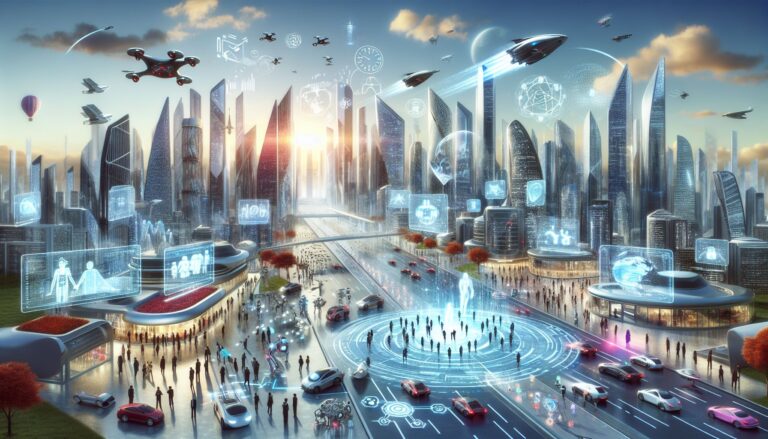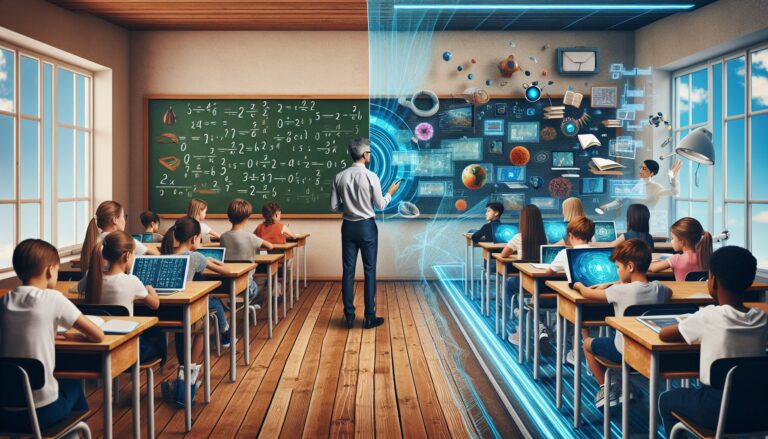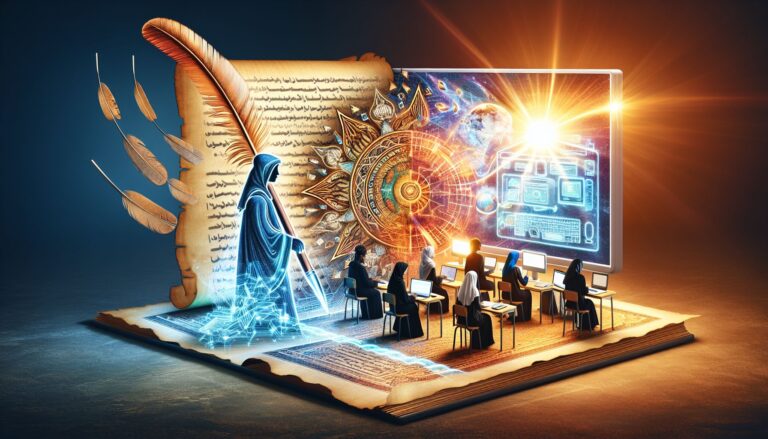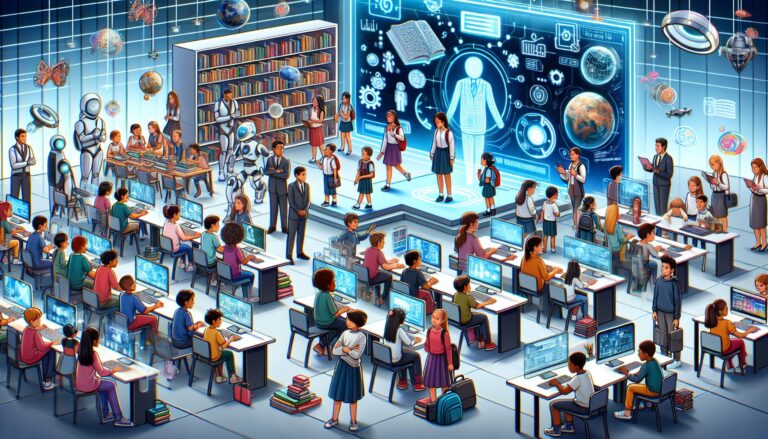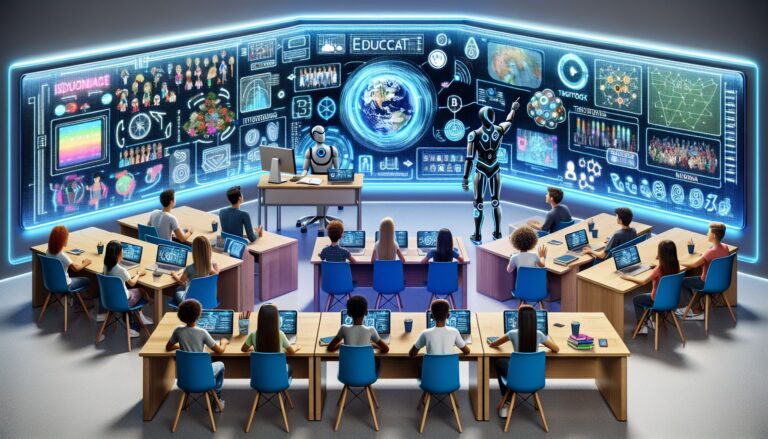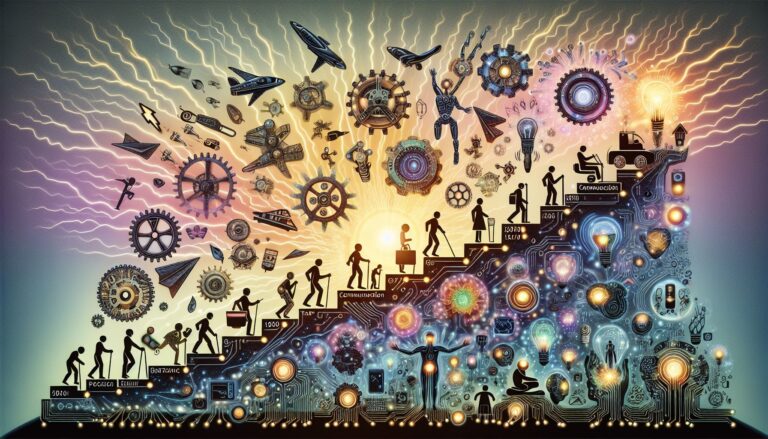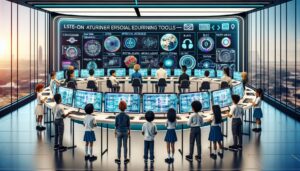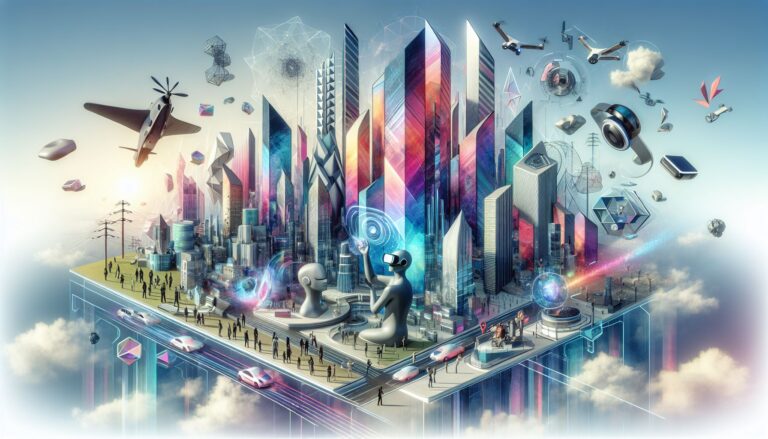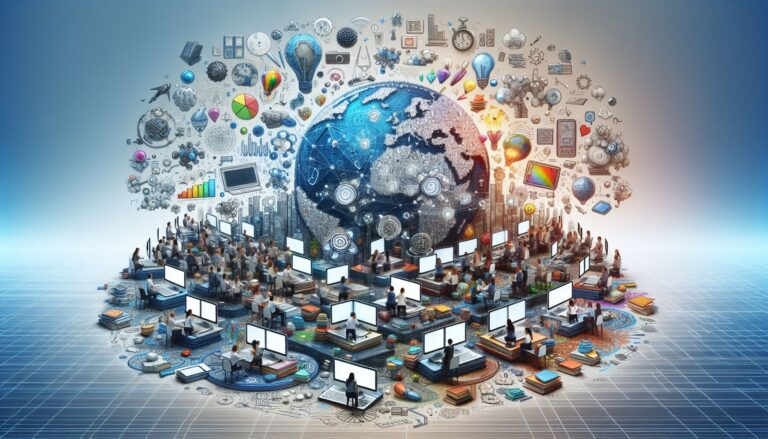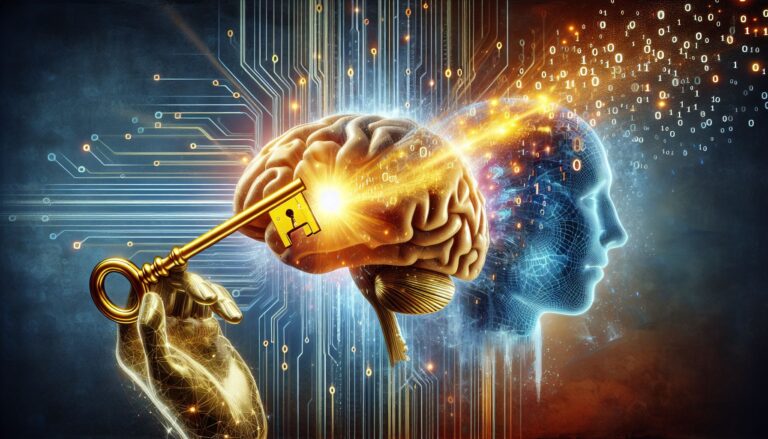The advent of the digital era has ushered in a seismic shift across all sectors, fundamentally altering the way we navigate our everyday lives. The field of education, a bastion of knowledge and growth, stands at the forefront of this transformation. The four walls of the traditional classroom are slowly dissolving, making way for a borderless world where technology and learning converge to create an enriched educational tapestry.
Within this fluctuating landscape, we find educators and students alike adapting to an unprecedented symbiosis of teaching methodologies and technological tools. The linchpin of this educational evolution lies in the delicate balance between harnessing the potential of technology without undermining the timeless values of teaching.
Technology: The Great Enabler in Modern Learning
As digital natives, today’s learners have a distinctive advantage; they interact with technology in an instinctive and fluid manner. In their hands, smartphones and tablets become portals to a universe of information. Learning Management Systems (LMS) and online resources offer personalized educational experiences that were once a mere flight of fancy.
Artificial Intelligence (AI) is rapidly becoming a mainstay in personalized learning, tailoring educational pathways that react to a student’s performance. Picture a classroom where each student interacts with an AI tutor, one that adapts to their learning pace, adjusts difficulty settings in real-time, and tackles misconceptions before they become ingrained. Such a future is not only plausible but is knocking at our doors.
Blockchain technology is positioning itself as another transformative force. Imagine an immutable ledger of academic achievements, allowing for transparent tracking of student progress across various institutions and over their lifetimes. This could dismantle barriers to education, facilitating seamless transfers and the recognition of credentials globally.
The Internet of Things (IoT) promises a hyper-connected educational environment. Sensors and smart devices could provide educators with real-time insights into student engagement and classroom dynamics, fine-tuning teaching strategies to enhance learning outcomes.
 Challenges and Rewards: Striking the Digital Balance
Challenges and Rewards: Striking the Digital Balance
Despite the allure of these progressive tools, integrating technology in education is not without its hurdles. Bridging the digital divide remains a pressing issue; access to cutting-edge resources is a privilege not afforded to all. Educators must also maintain a careful equilibrium, ensuring that technology complements rather than dominates the learning process.
Furthermore, the phenomenon of screen fatigue and the need for human interaction bring to light the importance of screen time management and the development of social skills. The responsibility lies not only in preparing students for a digital future but also in preserving the nuanced art of person-to-person communication.
For teachers, the digital age offers a treasure trove of resources to enhance their teaching techniques. However, it demands continual professional development to stay abreast of the latest trends and apply them effectively. As mentors and facilitators, teachers navigate the digital wave, creating immersive and dynamic learning experiences that resonate with their students.
A Glimpse Into Tomorrow: Embracing the Potential of Technological Advancements
As we stand at the crossroads of education and technology, it’s clear that the future rests in the hands of those willing to embrace change. The horizon is bright with possibilities of AI-driven personalization, blockchain-enabled credentialing, and IoT-fuelled classrooms.
Yet, amid this enthusiasm for novel tools and methods, our gaze must remain fixed on the ultimate goal: fostering vibrant intellectual and personal growth in students. As we chart the course of future educational landscapes, the role of technology should be that of an enabler—an amplifier of human potential rather than a substitute for the human touch.
In the end, it is the synergistic partnership between educators and technology that will iron out complexities and unlock the full spectrum of learning, paving the way for a future where every learner can thrive. The journey ahead is brimming with potential, and together, we shall navigate the evolving realm of education with both wisdom and wonder.
